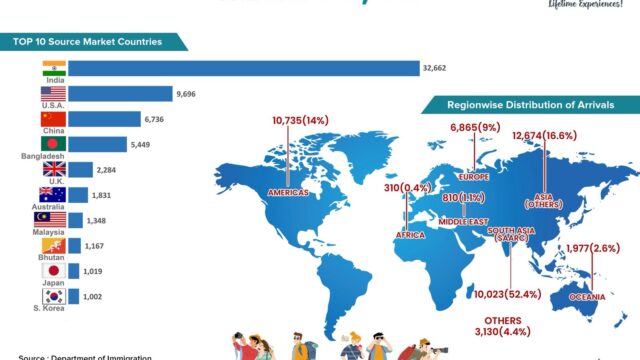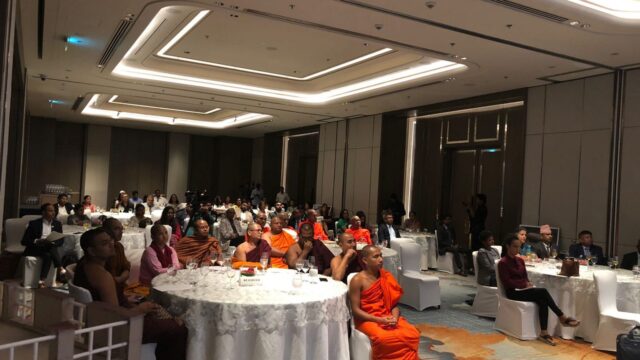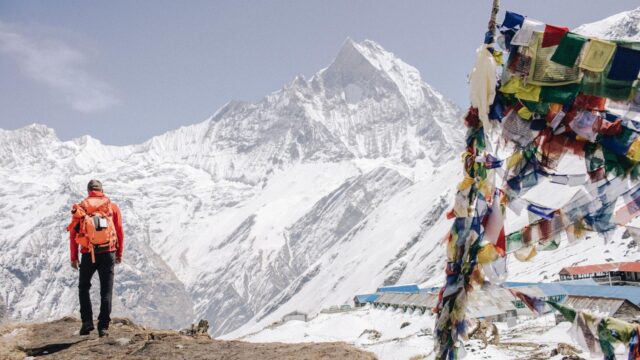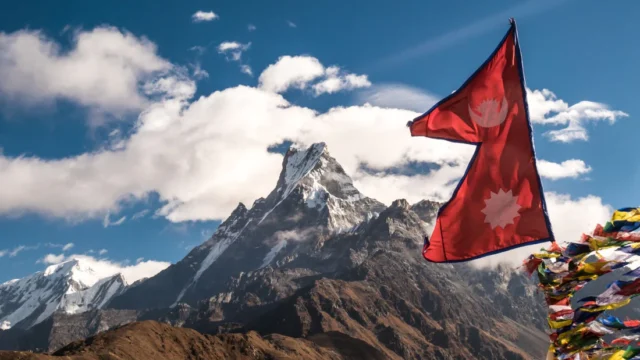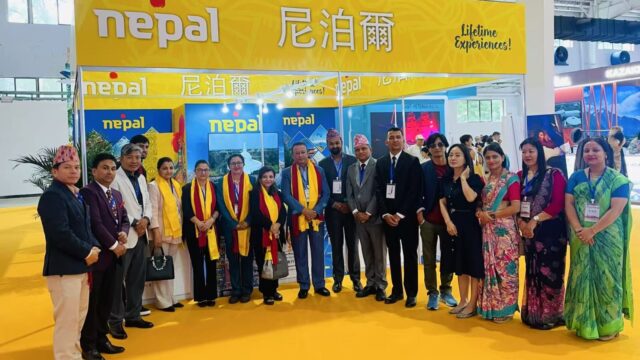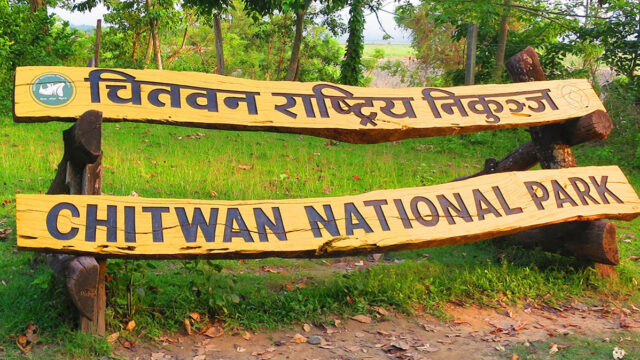The Himalayan Rescue Association (HRA) has dispatched a specialized medical team comprising 14 members, including foreign doctors, to three strategic locations in Solukhumbu and Manang districts to provide essential medical assistance to both domestic and international trekkers.
Established in 1973 with the objective of offering health services to mountaineers during the spring and autumn climbing seasons, Himalayan Rescue Association (HRA) continues its commitment to ensuring the safety of adventurers in Nepal’s high-altitude regions. As the spring climbing season commences, the association has mobilized five foreign doctors and four Nepali medical professionals, supported by additional staff, to operate temporary health centers at key trekking points.
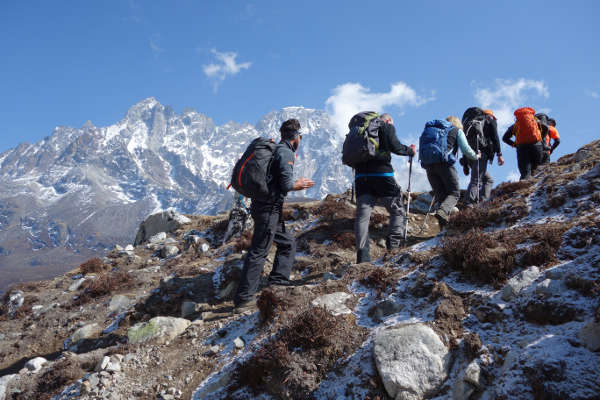
According to HRA President Dambar Parajuli, the medical teams have been deployed to Everest Base Camp and Pheriche in Solukhumbu, as well as Manang village in Manang district. These locations serve as critical medical hubs, providing timely health services to climbers and trekkers navigating Nepal’s challenging mountain trails.
“To cater to the medical needs of both domestic and international trekkers, we have trained and mobilized volunteer doctors to provide specialized services at high-altitude regions,” stated Parajuli. The medical teams stationed at Everest Base Camp comprise one foreign and two Nepali doctors, while the teams at Pheriche and Manang consist of two foreign and one Nepali doctor each. Additional HRA personnel have also been assigned to facilitate the medical operations.
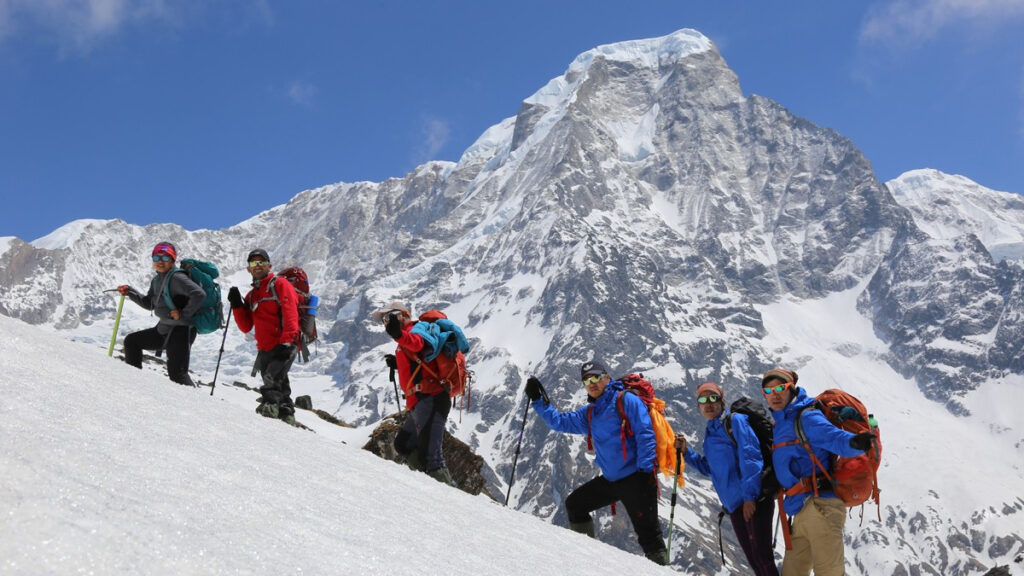
At the Manang health post, British doctors Dr. Laura Elizabeth Clapham and Dr. Sarayelen Wesley Arathun, along with Nepali doctor Dr. Sabitra Thapa, have been appointed to provide healthcare services. Similarly, the Pheriche health center is staffed by Dr. Johnjay Everett from the United States, Dr. Kenneth Koh from Australia, and Nepali doctor Dr. Surya Prasad Joshi. At Everest Base Camp, British doctor Dr. Roy Gordon Harris, along with Nepali doctors Dr. Aashish Lohani and Dr. Suraj Shrestha, will be offering medical support.
HRA has a long-standing history of assisting thousands of climbers and trekkers annually, providing life-saving services in high-altitude regions where immediate medical care is often unavailable. In addition to its seasonal deployment, the association also organizes a medical camp at Gosaikunda during the Janai Purnima festival to assist pilgrims and trekkers participating in the sacred journey.
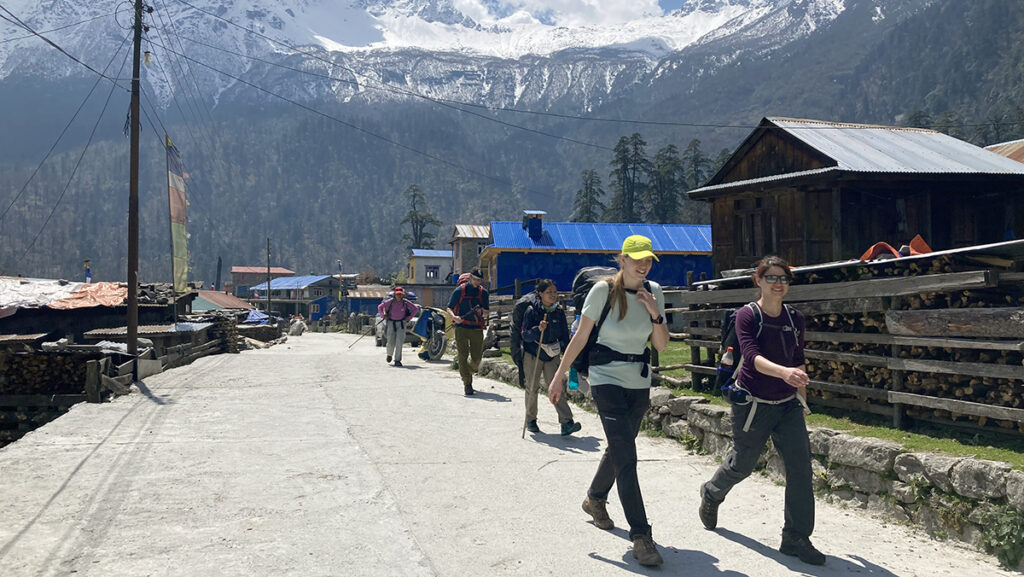
HRA’s Chief Executive Officer, Gobinda Basyal, emphasized that the deployed medical professionals are extensively trained to handle altitude sickness, emergency treatments, and other health concerns prevalent in mountainous areas. “Before deployment, the volunteer doctors receive rigorous training on altitude sickness and other medical challenges encountered in high-altitude trekking zones,” Basyal explained.
One of the key initiatives of HRA is to ensure free medical services for domestic trekkers while providing affordable healthcare solutions for foreign tourists. The organization adheres strictly to Nepal Medical Council regulations, deploying only certified doctors to its medical stations, ensuring a high standard of healthcare in remote regions.
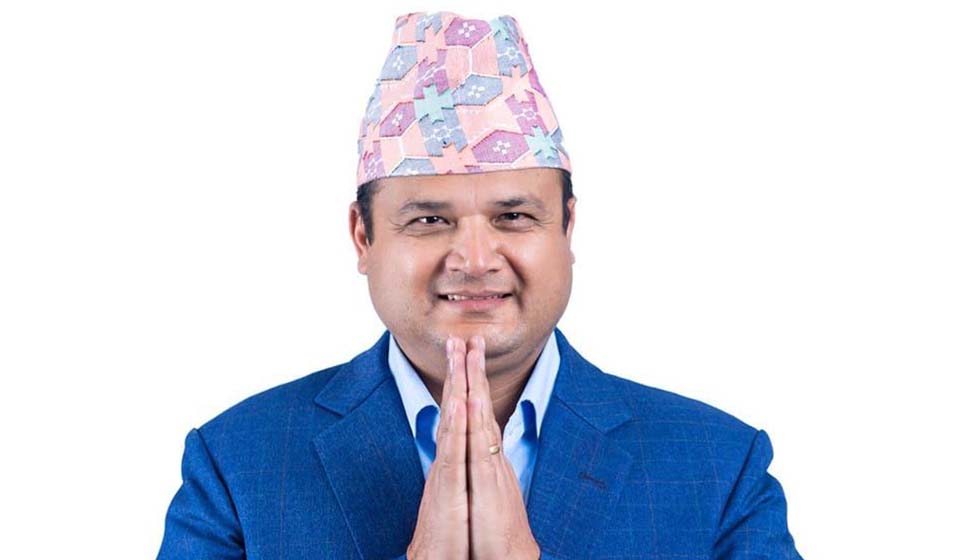
Former President of the Trekking Agencies’ Association of Nepal (TAAN), Nilhari Bastola, praised the initiative, highlighting the importance of medical assistance in extreme trekking environments. “Providing healthcare to trekkers in high-altitude regions is a commendable effort. This service has significantly benefited mountaineers, and such initiatives should also be integrated into government programs,” Bastola remarked, acknowledging the life-saving role played by HRA.
The Himalayan Rescue Association has been a pioneering force in medical assistance in Nepal’s mountainous regions since its establishment. It set up the Everest Base Camp medical center in 2003, offering vital healthcare services to climbers and their support teams.

Pheriche has been home to an HRA medical post since 1973, while Manang’s facility has been operational since 1980. Additionally, Gosaikunda has been receiving medical support from HRA since 1997, ensuring trekkers on the sacred route receive necessary healthcare services.
HRA’s continued dedication to enhancing medical facilities in high-altitude trekking routes reinforces Nepal’s reputation as a safe and well-supported adventure tourism destination. With the rising number of trekkers and climbers visiting Nepal each year, the association’s role remains critical in safeguarding their health and well-being in one of the world’s most challenging landscapes.

